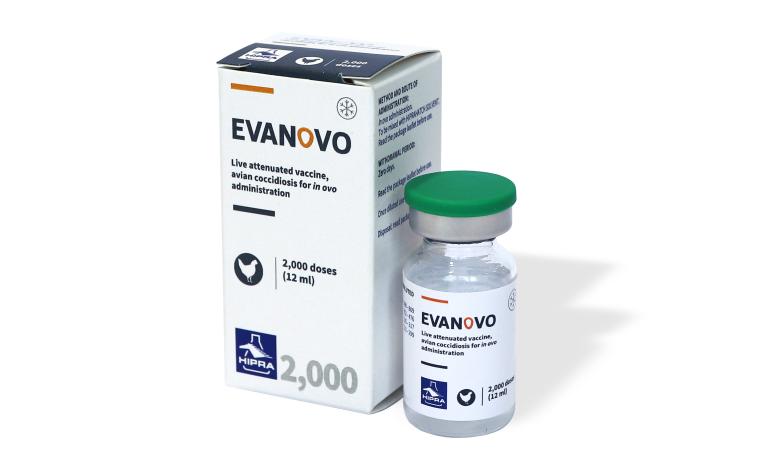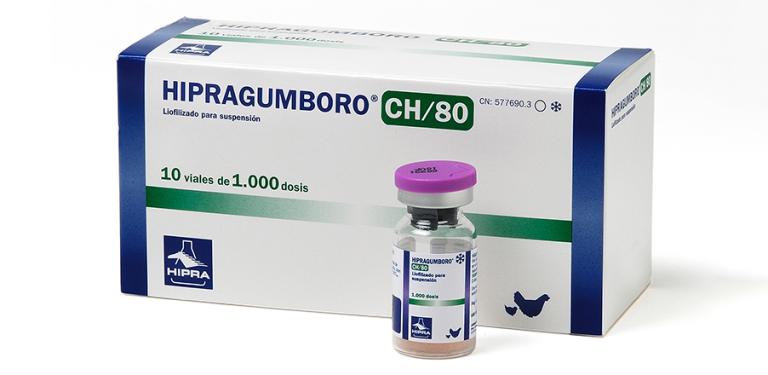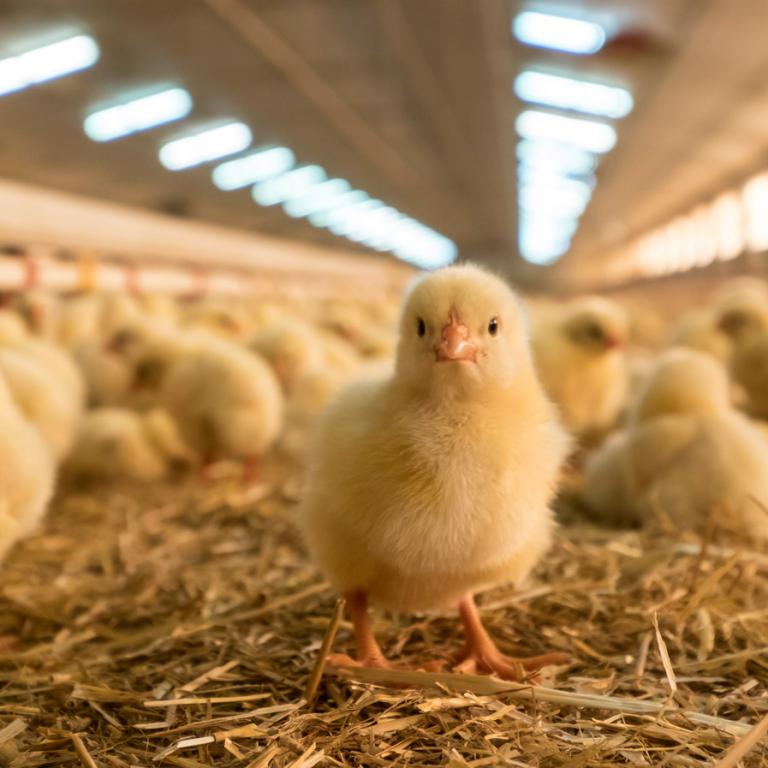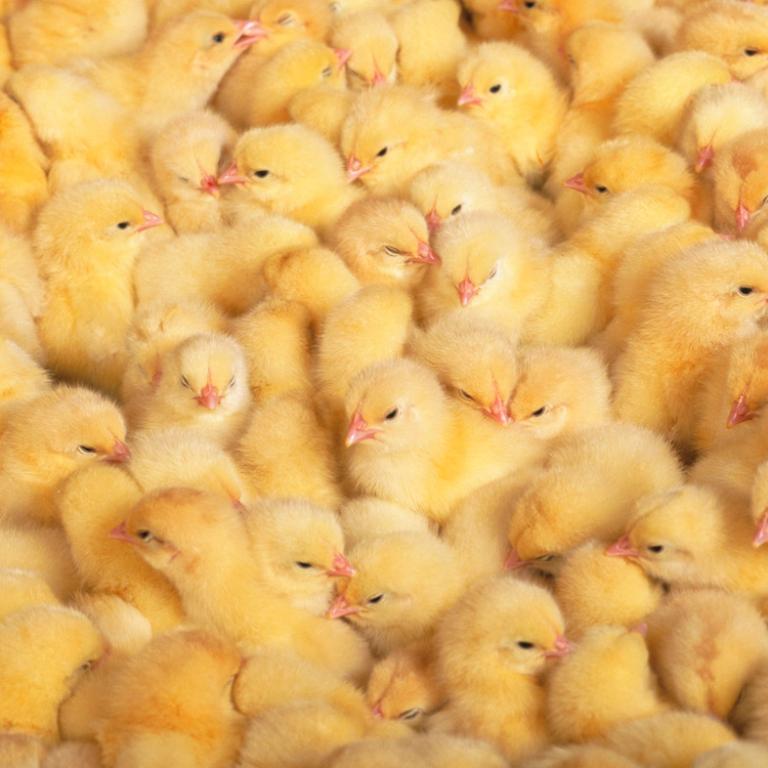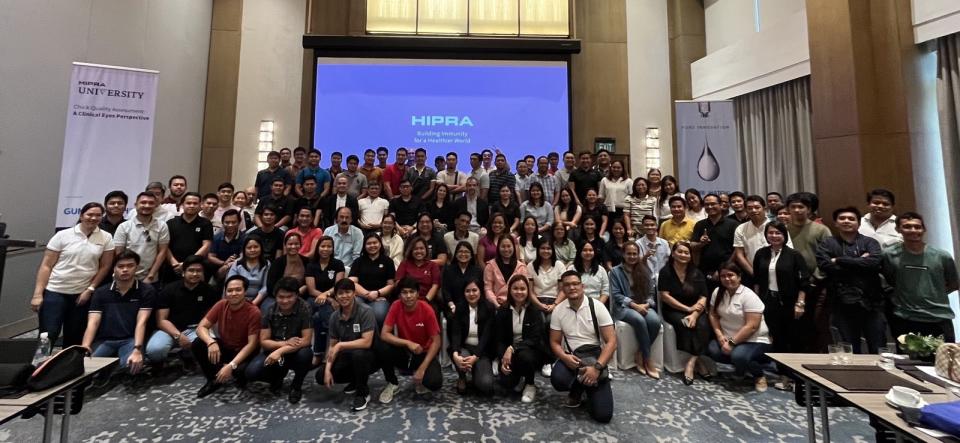AETIOLOGY:
Eimeria sp.
TRANSMISSION:
- Direct: by oral route through contact with faeces.
- Indirect: by litter and other contaminated materials.
CLINICAL SIGNS:
- Clinical forms: Digestive symptoms, weakness, depression, bloody diarrhoea.
- Sub-clinical forms: low productive index. Each one of them is only an orientation for diagnosis, because they are common and non-specific signs.
LESIONS:
Intestinal, caecal.
DIAGNOSIS:
- Causal identification agent: observation and oocyst count in faeces or litter by direct microscopic observation or molecular techniques like PCR.
- Macroscopic pathognomonic intestinal lesions.
TREATMENT, PREVENTION AND CONTROL:
The treatments and the medical prophylaxis are carried out with coccidiostatic drugs belonging to two groups: the ionophore and the chemical. They are used individually or in combination, and rapid and slow rotational programmes are followed. Vaccinal prevention is carried out using live vaccines that contain pathogens or precocious oocysts. The production conditions as well as the type of ground, litter, and environmental factors such as ventilation, temperature and humidity are important for preventing the disease.



